Terazosin
✅ Manages high blood pressure
✅ Treats benign prostatic hyperplasia
✅ Improves urinary flow
✅ Reduces prostate size
✅ Lowers risk of urinary retention
Hytrin contains Terazosin.
Product Overview
Hytrin is a prescription medication containing the active component Terazosin, formulated as tablets. Classified as an alpha-adrenergic blocker, this drug is primarily indicated for managing hypertension (high blood pressure) and alleviating symptoms of benign prostatic hyperplasia (BPH). The therapeutic action involves vasodilation – relaxing and widening blood vessels to enhance circulation and lower blood pressure. For BPH patients, it additionally relaxes prostate and bladder neck muscles to facilitate urination.
Uses
Hytrin serves dual therapeutic purposes: as an antihypertensive agent to control elevated blood pressure (reducing cardiovascular risks including stroke and myocardial infarction) and as a urinary symptom reliever for BPH patients. It effectively addresses BPH-related voiding difficulties including urinary hesitancy, diminished stream force, and urinary frequency through its smooth muscle relaxant properties in the genitourinary system.
How to Use
Administer Hytrin tablets orally with water, maintaining consistent daily timing. The standard regimen involves once-daily dosing, with or without meals, as prescribed. Tablets should be swallowed whole without crushing or chewing. Dosage titration should only be performed under medical supervision. Maintain regular administration even during asymptomatic periods, and never discontinue without physician consultation.
How it Works
The active constituent Terazosin exerts its pharmacological effects through selective alpha-1 adrenergic receptor blockade. This mechanism inhibits vasoconstrictive actions of circulating catecholamines, producing peripheral vasodilation that reduces systemic vascular resistance. For BPH, it decreases sympathetic tone in prostate smooth muscle and bladder neck, lowering urinary outflow resistance and improving voiding parameters.
Dosage and Administration
Therapeutic regimens differ by indication:
• Hypertension: Initiate with 1 mg nocte, titrating gradually to 2-10 mg daily based on therapeutic response
• BPH: Begin with 1 mg hs, potentially increasing to 2-10 mg daily
Maximum daily dosage should not exceed 20 mg. All dosage adjustments require clinical evaluation of therapeutic response and tolerability.
Benefits
Clinical advantages include:
• Effective blood pressure control with reduced cardiovascular morbidity risk
• Significant improvement in BPH-related lower urinary tract symptoms
• Demonstrated long-term safety profile in compliant patients
• Quality-of-life enhancement through symptom relief and reduced medication burden
Common Side Effects
Frequently reported adverse reactions (typically dose-dependent and transient) include:
• Neurovascular: Dizziness (19%), headache (14%), asthenia (11%)
• Visual: Blurred vision (4%)
• Gastrointestinal: Nausea (5%)
• Peripheral edema (3%)
Serious but rare effects requiring immediate medical attention include syncope, angina, and tachycardia.
Warnings
Special precautions apply for:
• First-dose hypotension (particularly in volume-depleted patients)
• Hepatic/renal impairment (requires dosage adjustment)
• Orthostatic hypotension risk (caution with position changes)
• Concomitant vasodilators or alcohol (potentiates hypotensive effects)
• Pregnancy/lactation (Category C – risk/benefit assessment required)
Storage Information
Maintain product integrity by:
• Storing at controlled room temperature (20-25°C)
• Protecting from moisture and light exposure
• Keeping in original packaging
• Properly disposing expired medication per local guidelines
• Restricting access to children and pets
Disclaimer:
This informational content has been carefully curated from authoritative medical sources but should not replace professional clinical judgment. The provided information:
• Represents general knowledge about the medication
• May not encompass all potential adverse effects or interactions
• Cannot account for individual patient variables
Always consult your prescribing physician for personalized medical advice and report any unexpected symptoms promptly. This content aims to facilitate informed patient-provider discussions, not to serve as independent medical guidance.
| Strength | 1 mg, 2 mg, 5 mg |
|---|---|
| Quantity | 30 Tablet/s, 60 Tablet/s, 90 Tablet/s, 180 Tablet/s |
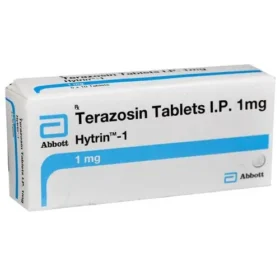 Terazosin
Terazosin









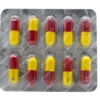

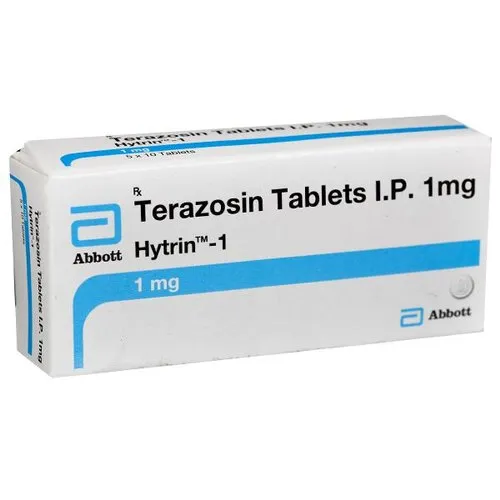

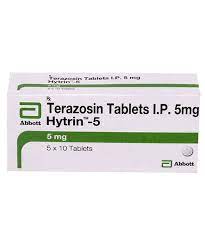
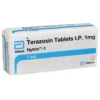
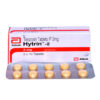

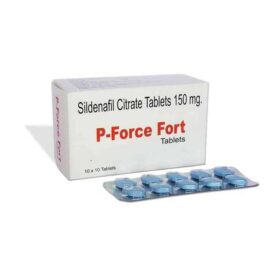
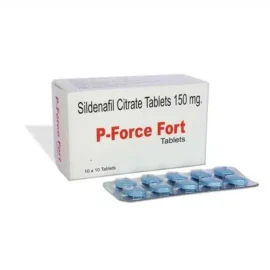
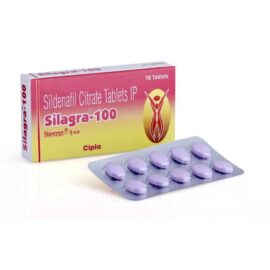
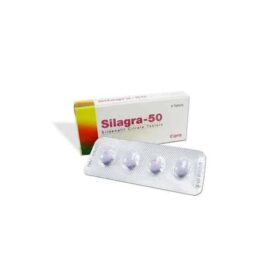
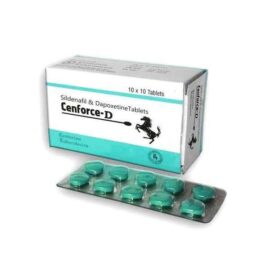
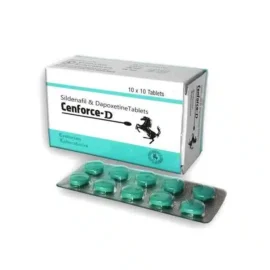
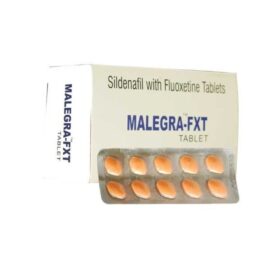
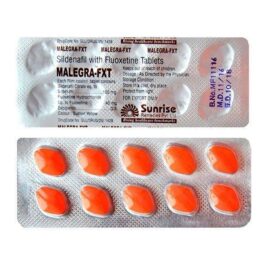
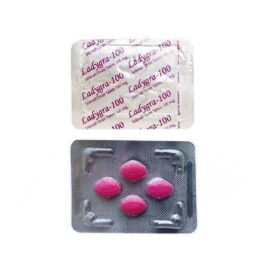

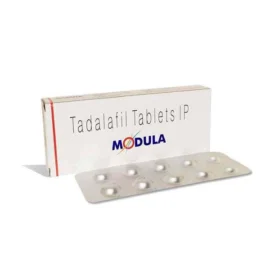
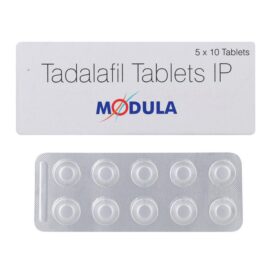
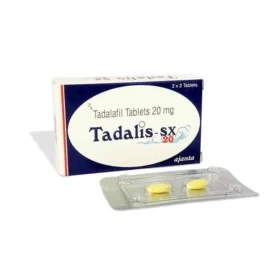
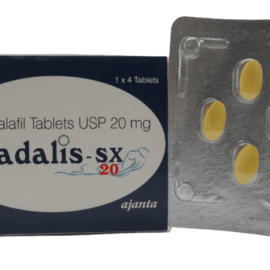
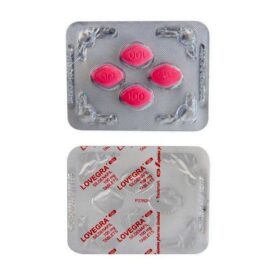
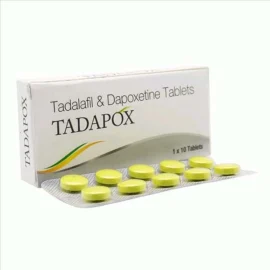
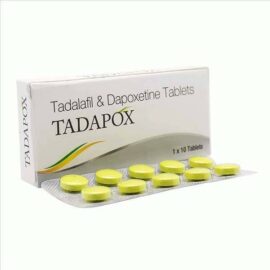
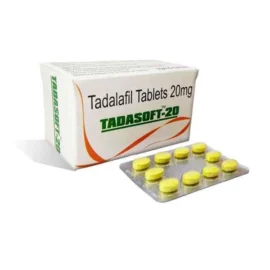
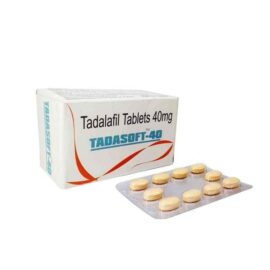
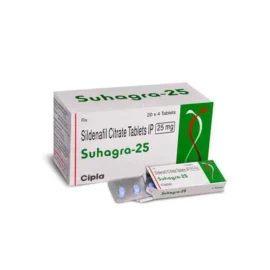
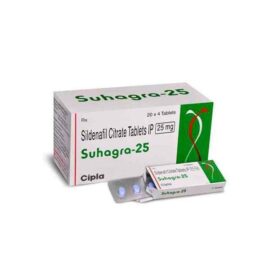
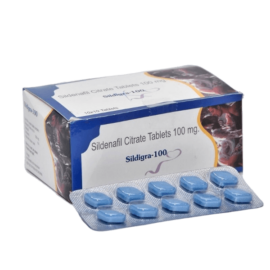
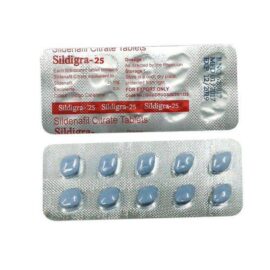
Reviews
There are no reviews yet